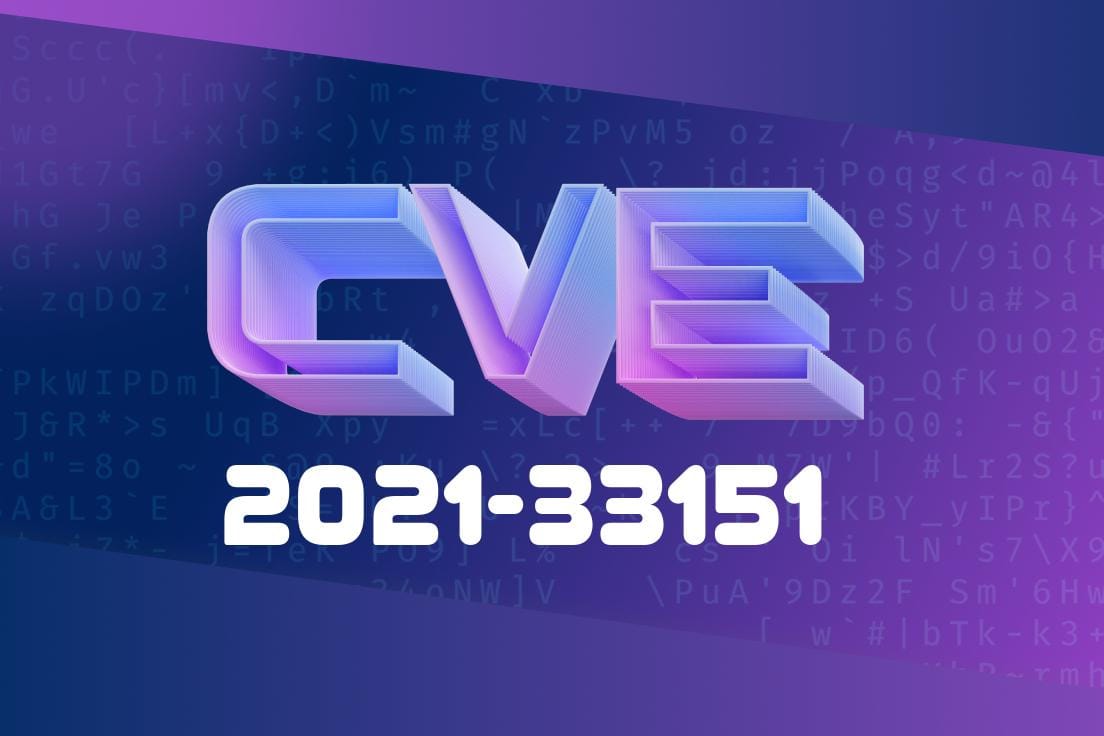When you dig into cybersecurity, you’ll find thousands of CVEs (Common Vulnerabilities and Exposures) tracked and listed online. Each of these entries usually relates to a real security bug. But sometimes, as with CVE-2021-33151, the story is different: this CVE is rejected and actually never described a real software weakness. Let’s break down what this kind of “unused” CVE actually means, why it happens, and what you should keep in mind as a developer, researcher, or sysadmin.
What is CVE-2021-33151?
CVE-2021-33151 is an official entry on many CVE tracking sites and tools, but if you look closely at its description (see here on Mitre or NVD), you’ll find this straightforward message:
REJECT
This candidate was withdrawn by its requester. This CVE ID is unused.
Simply put: there’s no vulnerability here. The identifier was requested and assigned, but later it was canceled or found unnecessary.
Why Do Rejected CVEs Exist?
Rejected CVEs may sound odd: why would anyone make a number for a bug that doesn’t exist? Here’s why this happens:
- Duplicate Reports: Sometimes, folks report the same vulnerability more than once, not realizing somebody else already reported it. One gets used, others are rejected.
- Errors in Reporting: A researcher or developer may think they’ve found a bug, request a CVE, then realize it wasn’t a real issue after all.
- Administrative Needs: Sometimes, clerical work requires a placeholder or tracking number for an issue that ultimately doesn’t need public tracking.
In the end, these rejected or “unused” CVEs become part of the record to keep things clear and avoid confusion later.
What Does a Rejected CVE Entry Look Like?
If you’re searching vulnerability databases, you’ll see something like this for CVE-2021-33151:
CVE-2021-33151
Status: REJECT
Description: REJECT Unused.
No affected versions, no proof-of-concept code, no exploits, nothing but this message. That’s your big clue that it’s a dead-end.
## What Should You Do If You See a Rejected/Unused CVE?
If a CVE like CVE-2021-33151 pops up in a scanner result or a security report, here’s what you should do:
- Double-check the official listings: Use MITRE’s CVE website or NVD to see the true status of a CVE.
- Ignore for Practical Purposes: Since there’s no vulnerability, you don’t have to patch, update, or change anything about your system for this CVE.
- Document It: If you rely on automated tools or have compliance checks, note that some CVEs are harmless and formally unused.
- Train Your Team: Make sure team members know not every scary-sounding CVE number signals a real-world danger.
How Is This Different From a Real CVE?
Let’s compare with a “real” one. A genuine CVE will often include technical descriptions, impact assessments, and sometimes even code or configuration that triggers the bug. For example:
CVE-2024-XXXXX
Description: Buffer overflow in ExampleSoftware allows remote attackers to execute arbitrary code via a crafted request to /api/upload.
Affected Versions: <= 2.3.1
...
You might even see a proof-of-concept like this
import requests
url = 'http://example.com/api/upload';
payload = {'file': open('exploit.bin', 'rb')}
r = requests.post(url, files=payload)
print(r.text)
No such thing exists for CVE-2021-33151 — there’s nothing to worry about, and nothing to fix.
Final Thoughts: Why Leaving the Entry Up Matters
You might wonder, “Why not just delete the number?” The answer is transparency. By keeping a rejected record visible, everyone knows:
Here are links to the references for CVE-2021-33151
- MITRE CVE Entry
- NVD (National Vulnerability Database)
TL;DR
CVE-2021-33151 doesn’t expose any real security risk — it’s an unused, rejected CVE. You don’t need to fix, patch, or worry about it. Just stay aware, check your sources, and keep your systems up to date!
If you want more guides on understanding CVEs, how to read vulnerability advisories, or tips for keeping your software safe, let us know in the comments!
Timeline
Published on: 02/23/2024 21:15:09 UTC
Last modified on: 09/04/2025 00:40:36 UTC
